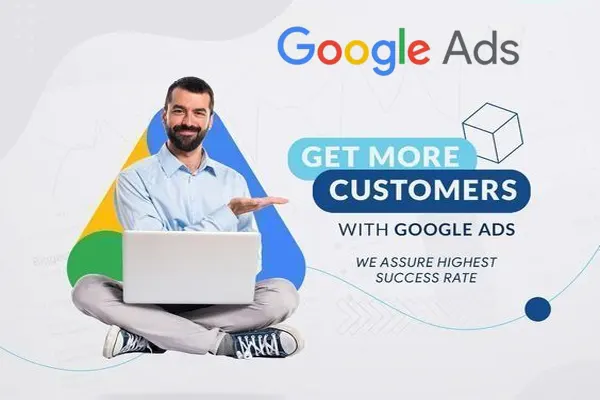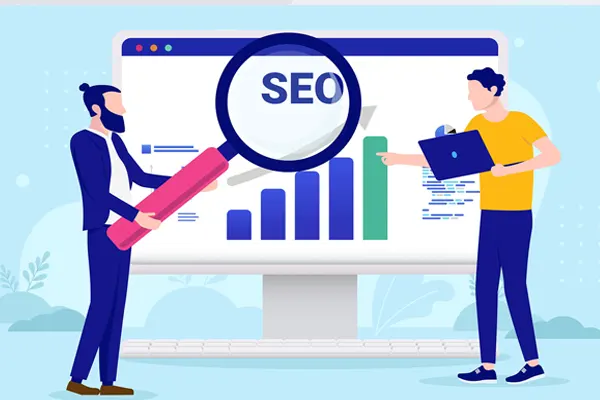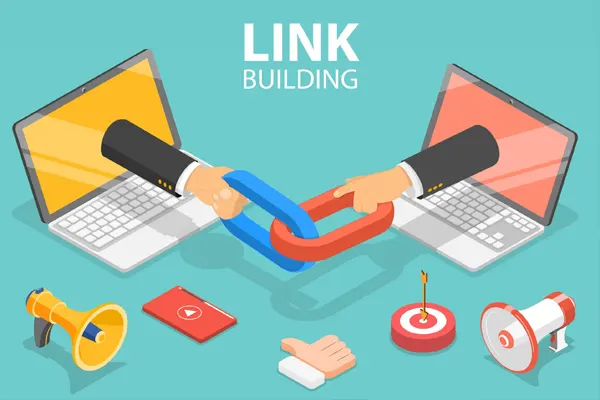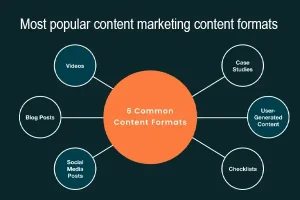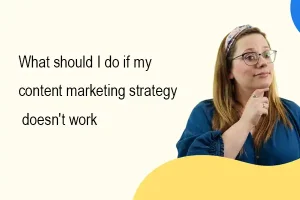What is Content Marketing, and Why Does My Business Need It?
Content marketing is a strategic approach to creating and distributing valuable, relevant, and consistent content to attract and retain a clearly defined audience. Unlike traditional advertising, it focuses on providing information that solves problems or meets audience needs, ultimately driving profitable customer actions. From blog posts and videos to infographics and case studies, content marketing builds trust and positions your brand as an authority.
This article explores the essence of content marketing, its key benefits, and why it’s indispensable for businesses in 2025. Whether you’re a startup or an established company, understanding content marketing can transform your customer engagement and growth.
What is Content Marketing?
Content marketing involves crafting content that aligns with your audience’s interests and needs. It’s not about direct selling but about fostering relationships through valuable information. For example, a fitness brand might publish workout guides, while a tech company could share tutorials on software use.
Key Characteristics of Content Marketing
- Audience-Centric: Content addresses specific audience pain points or questions.
- Value-Driven: Offers actionable insights, entertainment, or education.
- Consistent: Regular content delivery builds trust and loyalty.
- Multi-Format: Includes blogs, videos, podcasts, social media posts, and more.
By focusing on these principles, content marketing helps businesses connect with customers authentically.
Why Does Your Business Need Content Marketing?
1. Builds Brand Awareness
2. Establishes Authority and Trust
3. Boosts SEO Performance
4. Drives Customer Engagement
5. Supports Long-Term Growth
How to Implement Content Marketing Effectively
Step 1: Define Your Goals
Step 2: Know Your Audience
Create buyer personas to understand your audience’s demographics, challenges, and preferences. Tools like Google Analytics or social media insights can help.
Step 3: Conduct Keyword Research
Step 4: Create Diverse Content
Mix formats to appeal to different audience segments. For example:
Blog Posts: In-depth guides or listicles.
- Videos: Tutorials or behind-the-scenes content.
- Infographics: Visual summaries of data.
- Case Studies: Real-world success stories.
Step 5: Optimize for SEO
Ensure keywords appear naturally in titles, headings, and body text. Keep keyword density around 1-2%. Use semantic keywords like “digital marketing” or “brand storytelling” to boost relevance.
Step 6: Promote Your Content
Share content on social media, email newsletters, and industry forums. Collaborate with influencers or guest post on reputable sites to expand reach.
Step 7: Measure and Refine
Conclusion
Content marketing is a powerful tool for building trust, boosting visibility, and driving growth. By creating valuable, audience-focused content and optimizing it for SEO, your business can attract and retain customers effectively. Start by defining your goals, researching your audience, and crafting high-quality content that resonates.
Ready to elevate your brand? Begin your content marketing journey today and watch your business thrive! Explore our blog for more content marketing tips or contact us to create a tailored strategy for your business.



